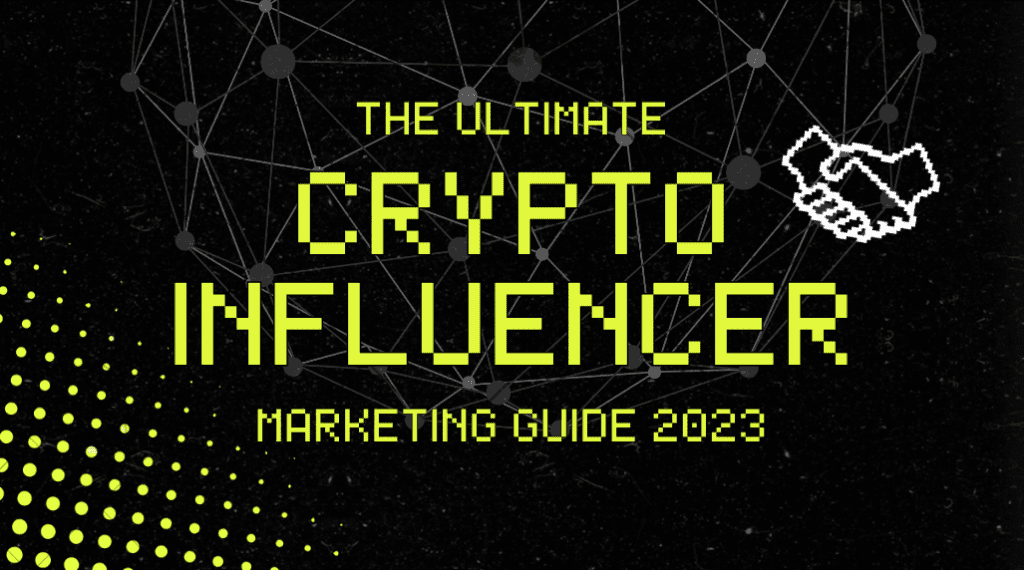In conclusion, the landscape of influencer marketing has undergone a profound transformation with the emergence of web3 technologies and the rise of cryptocurrencies. As we’ve explored throughout this guide, partnering with crypto influencers can be a game-changer for businesses seeking to establish a strong presence in the decentralized space.
By strategically aligning your brand with reputable and knowledgeable crypto influencers, you gain access to their engaged and loyal audiences, amplifying your reach, credibility, and ultimately, your bottom line. The power of influencer marketing lies in its ability to tap into the trust and influence that these individuals have cultivated within their communities, making it an invaluable tool for driving brand awareness, fostering customer loyalty, and generating conversions.
However, it’s crucial to approach crypto influencer partnerships with careful consideration and a well-defined strategy. Prioritize authenticity, transparency, and a genuine alignment of values when selecting influencers to collaborate with. By forging meaningful and long-lasting partnerships, you’ll not only maximize the impact of your campaigns but also contribute to the growth and development of the web3 ecosystem as a whole.
Remember, influencer marketing is an ongoing process that requires continuous monitoring, analysis, and adaptation. Stay up to date with the latest trends, regulations, and advancements in the crypto space to ensure your influencer marketing efforts remain effective and compliant.
As you embark on your journey to leverage crypto influencers, always keep in mind the power of collaboration, innovation, and building genuine relationships. By leveraging the potential of web3 and tapping into the influential voices within the crypto community, you’ll position your brand for success in the exciting world of decentralized finance and blockchain technology.
At TheKOLLAB, we’re dedicated to helping businesses navigate the ever-changing landscape of web3 partnership marketing. Our team of experts stays at the forefront of industry trends, providing tailored strategies and personalized guidance to help you achieve your marketing objectives. Thank you for joining us in our Ultimate Crypto Influencer Marketing Guide.
 By
thekollab
By
thekollab




